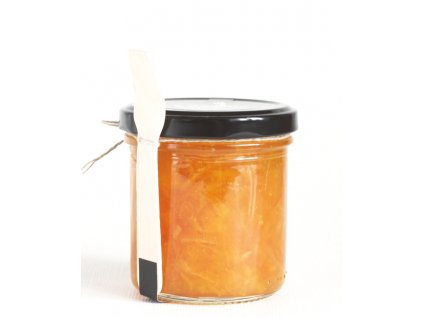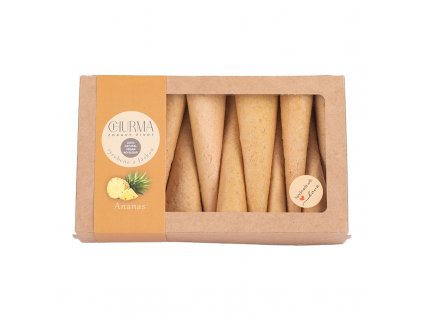Granadilla
History:
Granadilla, also known as passionfruit, is a fruit species native to South America, mainly Brazil, Paraguay and Argentina. The history of granadilla dates back to ancient civilizations, when it was considered a symbol of passion and exoticism. With the arrival of the Spanish conquistadors, granadilla reached Europe, where it gained popularity for its rich taste and aromatic properties.
Points of interest:
Symbol of passion: Granadilla is traditionally associated with passion and love, reflecting its name passionfruit in English-speaking countries.
Nutrient-rich: Granadilla is a source of vitamin C, A, calcium, iron and fiber, making it an excellent choice for supporting immune and digestive health.
Aesthetic value: Granadilla has an attractive orange skin and juicy inner flesh with black seeds, which gives it not only a delicious taste, but also an attractive appearance.
Processing:
Granadilla is harvested by hand to preserve its quality and freshness. After harvesting, granadillas are carefully graded according to size, ripeness and quality. Organic granadilla is grown without the use of pesticides and chemical fertilizers, which ensures that it is environmentally friendly and healthy.
Storage:
To maintain freshness, it is important to store granadillas properly. Store them in a cool, dry place, ideally in the fridge.
Granadilla is an exotic fruit with a delicious taste and rich nutrients that offers many possibilities for use in the kitchen. Its rich history, attractions and aesthetic value make granadilla a popular and valued ingredient all over the world. Enjoy the natural pleasure and health that granadilla provides!
Granadilla Cheesecake Recipe:
Ingredients:
200 g of biscuits
100 g butter (melted)
400 g cream cheese (e.g. Philadelphia)
200 ml of whipping cream
100 g of sugar
2 tablespoons of lemon juice
4 granadillas
2 spoons of gelatin
4 tablespoons of hot water
Procedure:
Preparing the sponge base:
Crush the biscuits into fine crumbs, either by hand or using a blender.
Mix the melted butter with the sponge cake crumbs until you get the consistency of wet sand.
Transfer this mixture to the cake tin and spread it evenly over the bottom. Press it down thoroughly to create a firm base for the cheesecake.
Put the cake pan in the fridge and let it harden while you prepare the filling.
Preparation of the filling:
In a bowl, mix cream cheese with sugar and lemon juice until smooth and creamy.
In a separate bowl, dissolve the gelatin in four tablespoons of hot water and let it rest for a while until it dissolves completely.
Then add the dissolved gelatin to the cream cheese mixture and mix well to combine all the ingredients.
Preparation of granadilla puree:
Cut the granadilla in half and scoop out the pulp and seeds.
Place the granadilla pulp in a blender and blend until smooth.
Completion:
Add the granadilla puree to the cream cheese and gelatin mixture and mix gently to combine all the ingredients.
In a separate bowl, whip the whipping cream until stiff and carefully fold it into the cream cheese and granadillo mixture.
Pour the mixture onto the sponge base in the cake tin and spread it evenly over the entire surface.
Cover the cake pan with cling film and put the cheesecake in the fridge for at least 4 hours, ideally overnight, so that it hardens well.
After the cheesecake has set, remove from the mold, cut into portions and serve with fresh pieces of granadilla for decoration.
Be the first who will post an article to this item!












